Visiting Lumbini, the birthplace of Buddha
So, a couple of weeks later than planned we were at Kathmandu airport waiting for the flight to Lumbini, famous for being the birthplace of Buddha. And which airline did we fly on? Buddha Air of course! After an hour and a half delay, our flight was called and we were up in the air within 5 minutes or so. I can’t say I’m that fond of these small aircraft – it was a Beechcraft (not that I’m much of a plane-spotter) – an 18-seater twin-propeller job that you can’t stand up tall in if you’re much over 5 foot. Certainly, no in-flight entertainment unless you count watching the pilot and co-pilot playing with their gadgets a couple of rows in front of you. They roll around a bit too much for my liking but the one redeeming feature of flights out of Kathmandu on a clear day is the mountain views. It was only a 30-minute flight and for the first half, I had beautiful mountain views to distract me. Being a bit of a tourist, I took these shots out of the window. Anyway, of course, we landed safely in Lumbini.
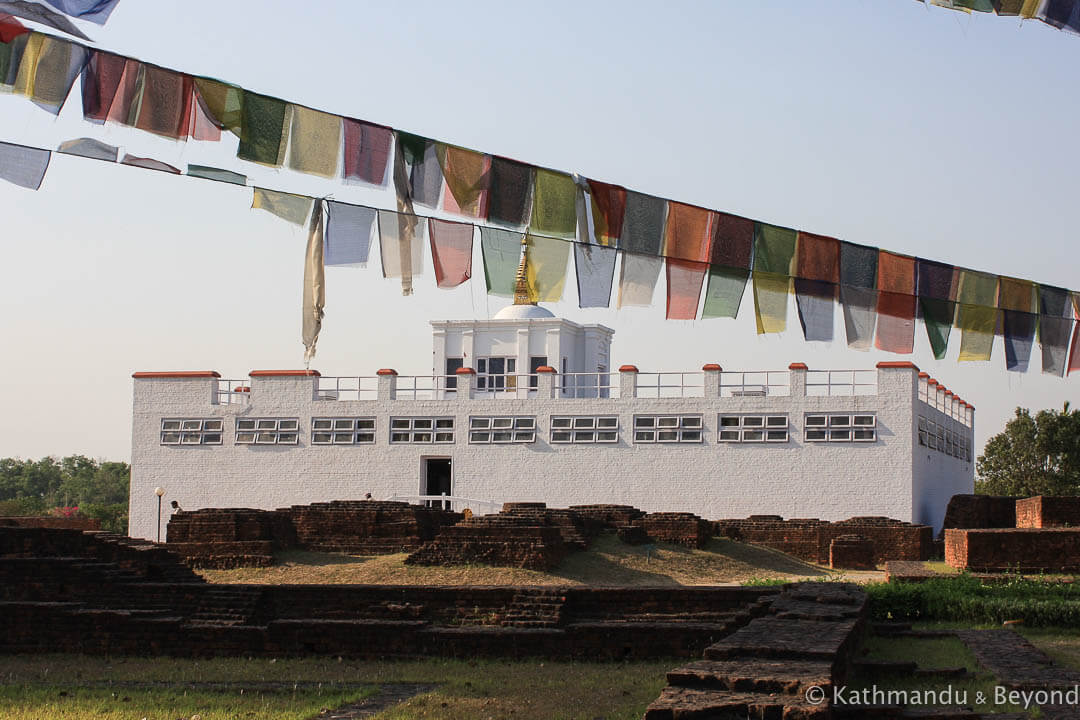 Maya Devi Temple, Lumbini
Maya Devi Temple, Lumbini
Lumbini was an interesting place to visit and see for ourselves what is there. It’s one of those places which when you ask people who’ve been “What’s it like? Is it worth visiting?”, you get mixed replies. I guess the reason is there’s not a huge amount to see and if you are Buddhist you’d, of course, be going as a pilgrimage to the birthplace of Buddha. The birthplace is on a site which is now a garden area with a temple dedicated to the site. There is a central ‘square’ which is where Buddha’s mother, who was a royal princess, was said to be taking a dip en route from her village to that of her husband when she went into labour. She managed to climb out of the pond (which is more like a step-well) and walk a few steps to a nearby tree where Prince Gautama was born. Of course, the Buddha bit came a lot later when he decided he couldn’t stomach the excesses of a royal life. That’s a very brief explanation and there are pages of books and endless website that will tell you more. For a long time, the Indians and Nepalese argued over the authenticity of the claim of Buddha being born in Lumbini, but a few years ago some vital evidence was found that has accepted by all as proof. In 1995, archaeologists discovered a commemorative stone in a chamber beneath the Maya Devi temple which, after much deliberation among many scholars, has been accepted as proof that Siddhartha Gautama was born in Lumbini.
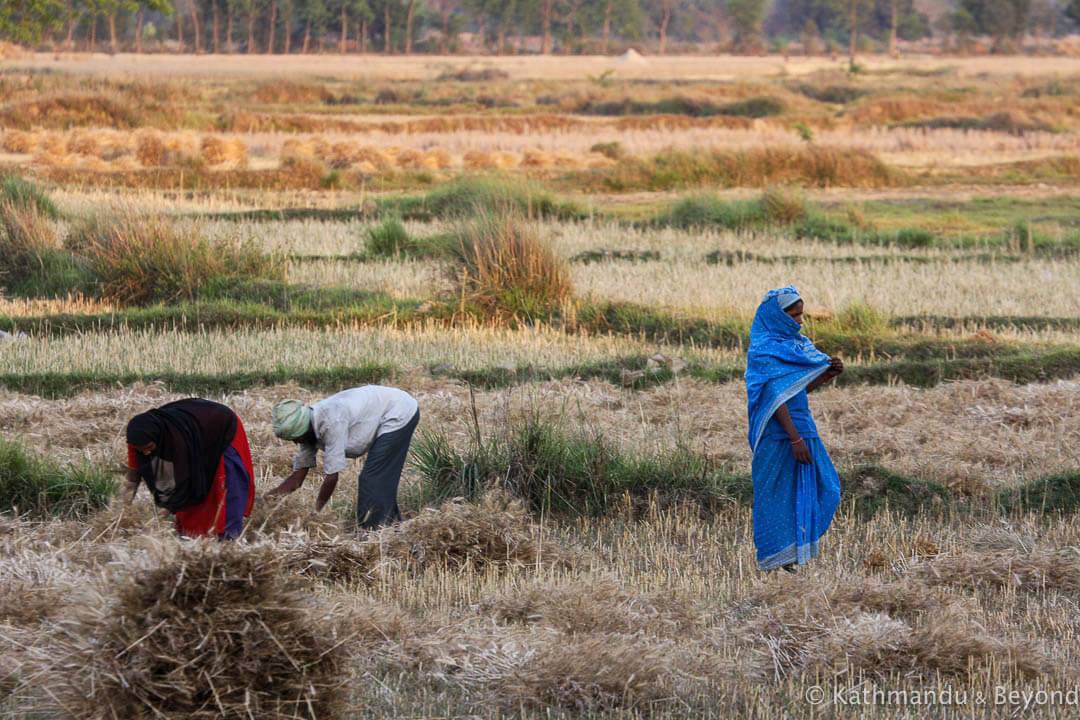 Countryside surrounding Lumbini
Countryside surrounding Lumbini
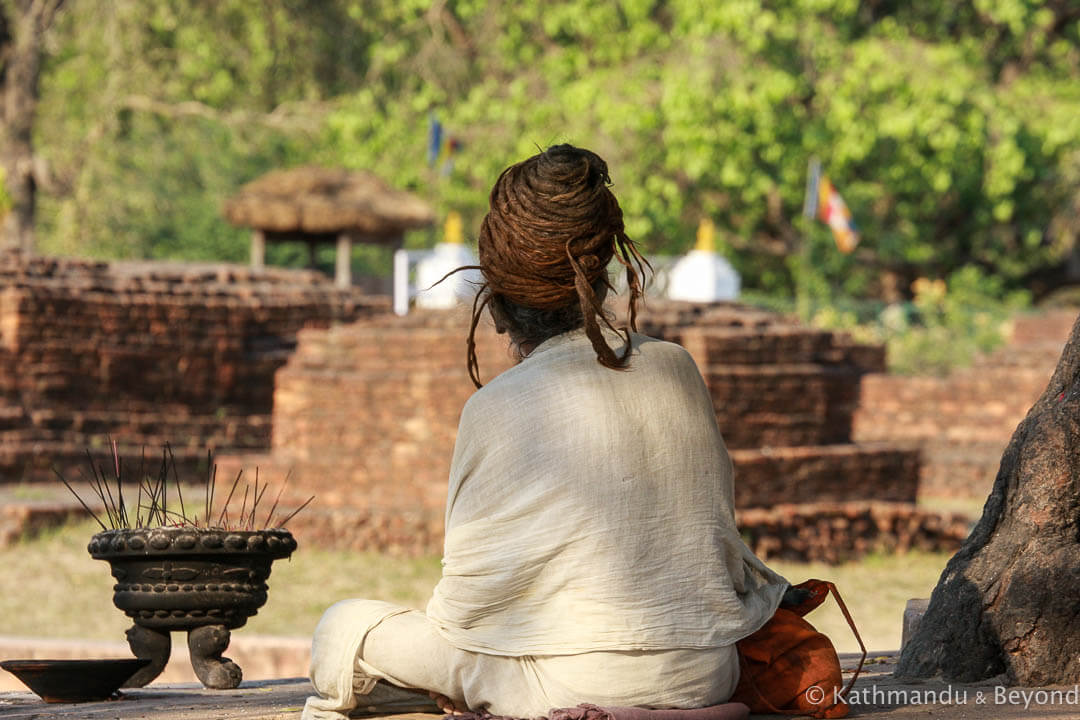
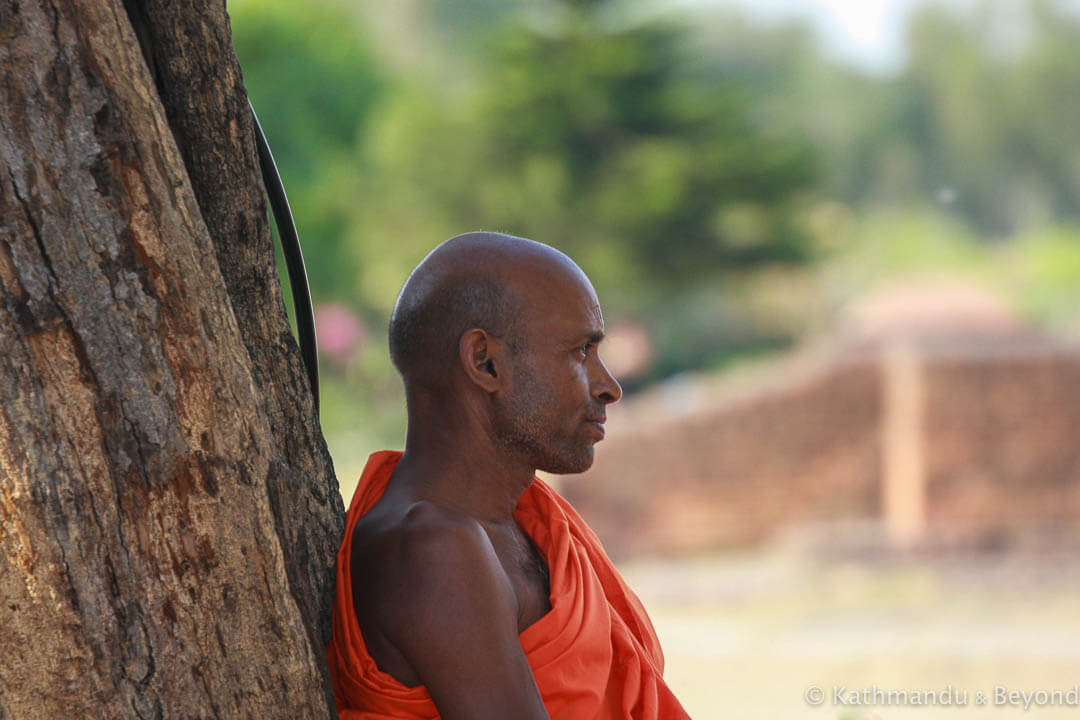
Pilgrims at Maya Devi Temple, Lumbini
The area around the site has been turned into a peace park with several plots of land which different nations have built by donation a temple dedicated to Buddha and all of these temples are built in the local style of the country who donated it (except the German one which has gone for an artistic combination of styles). The pictures and descriptions will generally speak for themselves. You walk through what is basically scrub with a central rectangular water body – except it’s completely dry. According to the “master plan” for the site, it was to be a lush garden with trees and flowers, water flowing and people contemplating life on the shady benches. Let’s just say, they’ve got a long way to go to get close to that! On each passage through the trees, these random temples are found, so one minute you feel like you’ve time travelled to China and the next to Vietnam. It’s a bit like a model village of Buddhist temples from around the world. A few people have asked me if I felt any connection being at the site … well, I can’t really say that I did to be truthful although sure it feels like a spiritual place. However, I’m glad we went – we had an interesting weekend and it was good to escape the city for a couple of days.
Here are a few more photographs of our visit to Lumbini
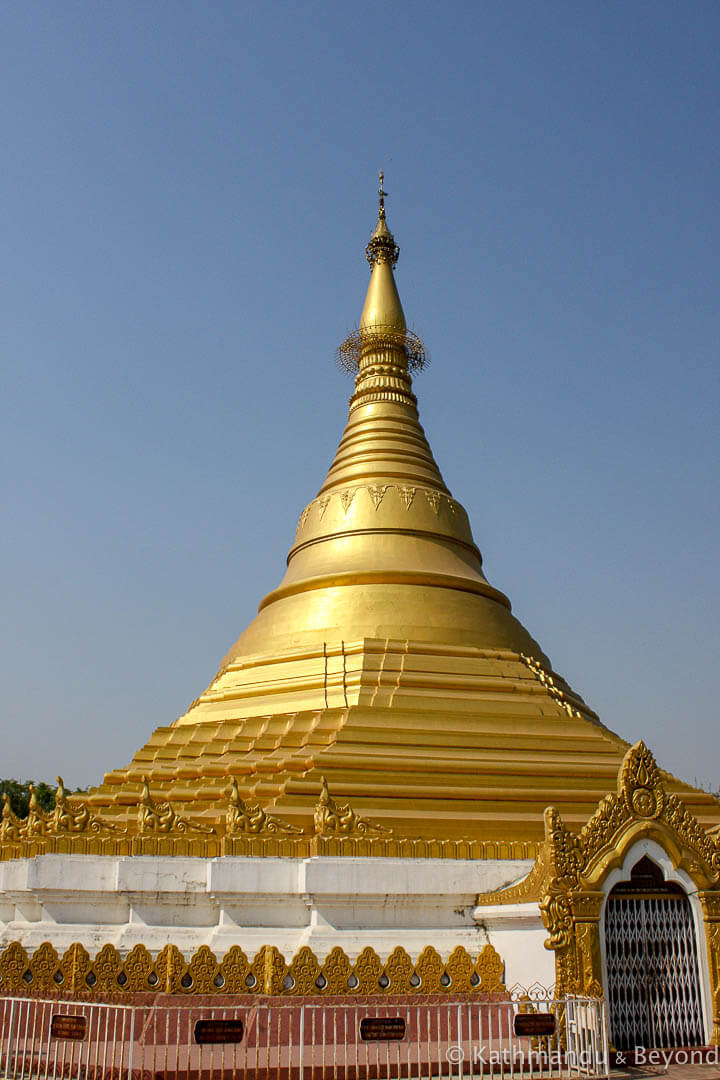
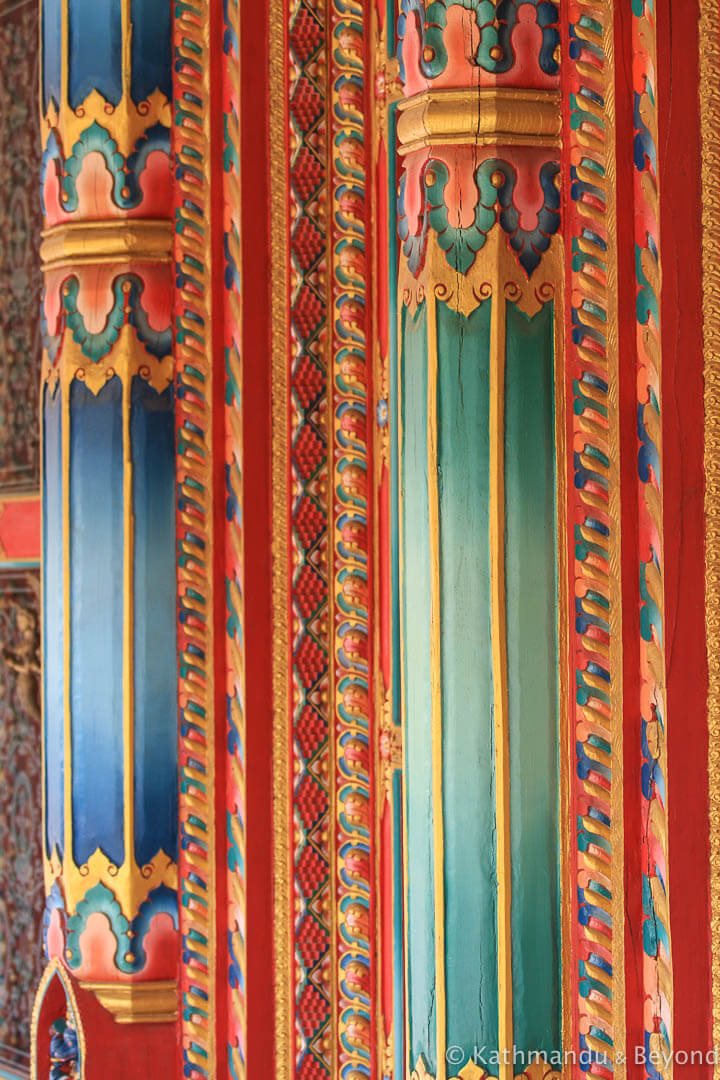
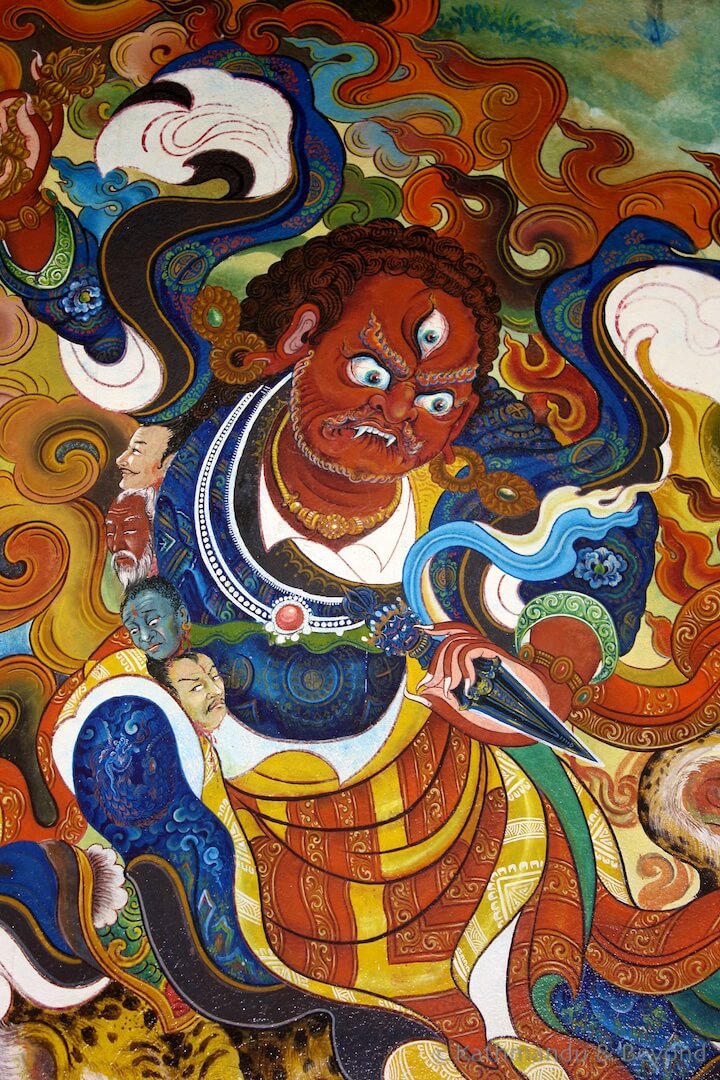
Myanmar Golden Temple (left) and the Great Drigung Kagyud Lotus Stupa(German Monastery) (centre and right)
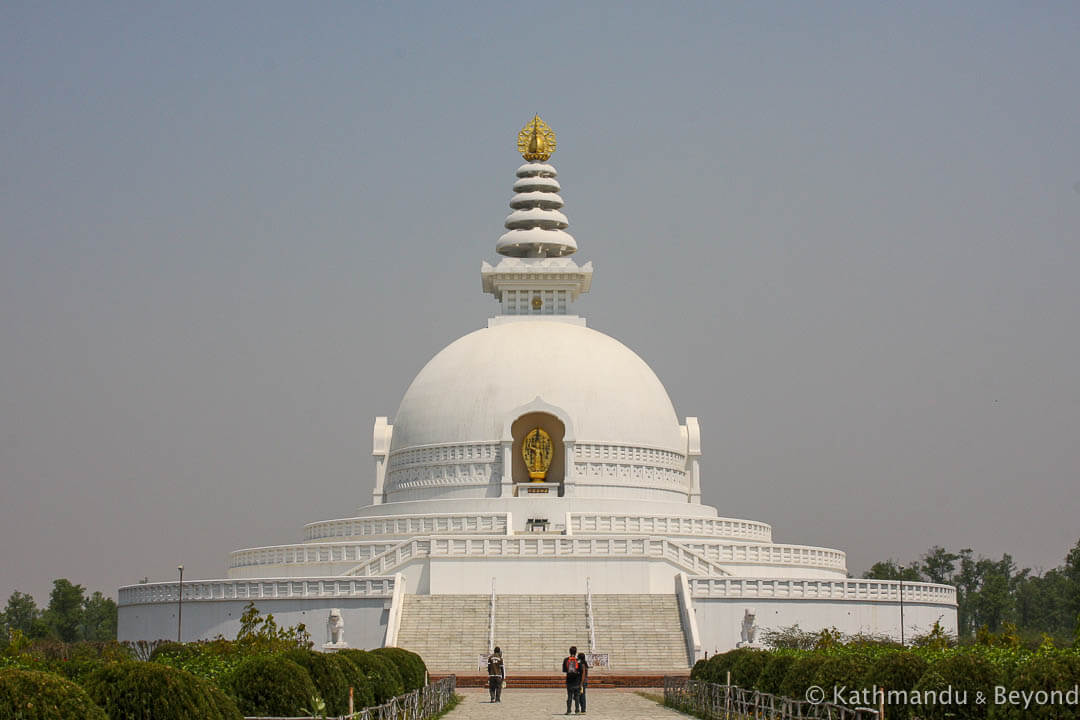
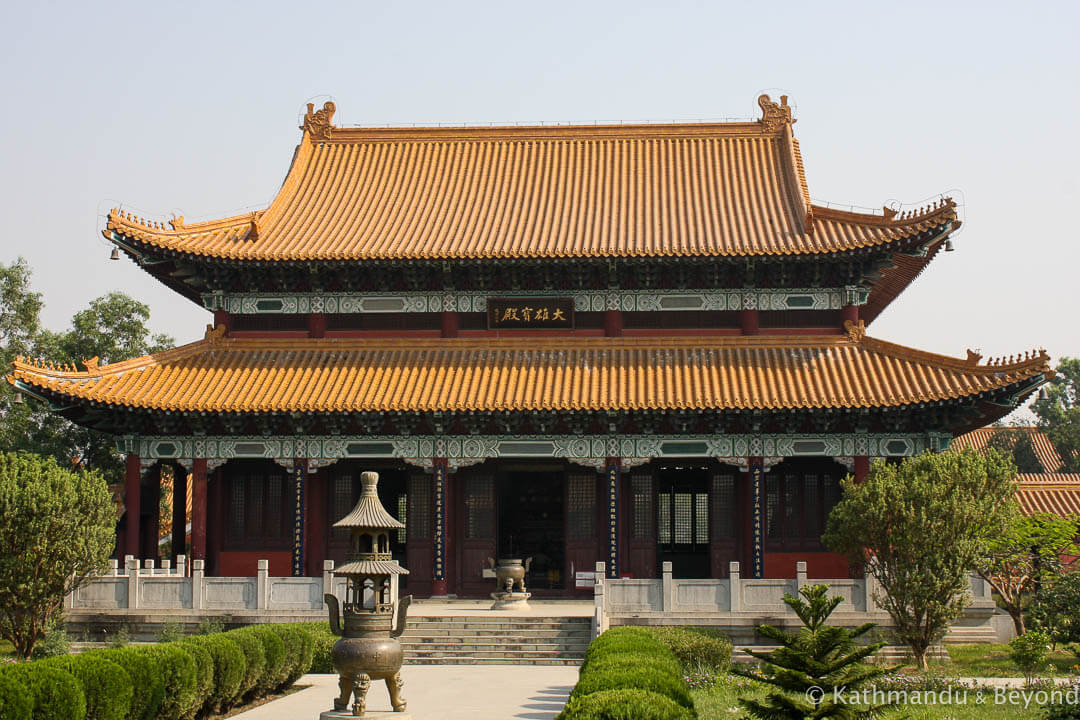
World Peace Pagoda (left) and Zhong Hua Chinese Buddhist Monastery (right)
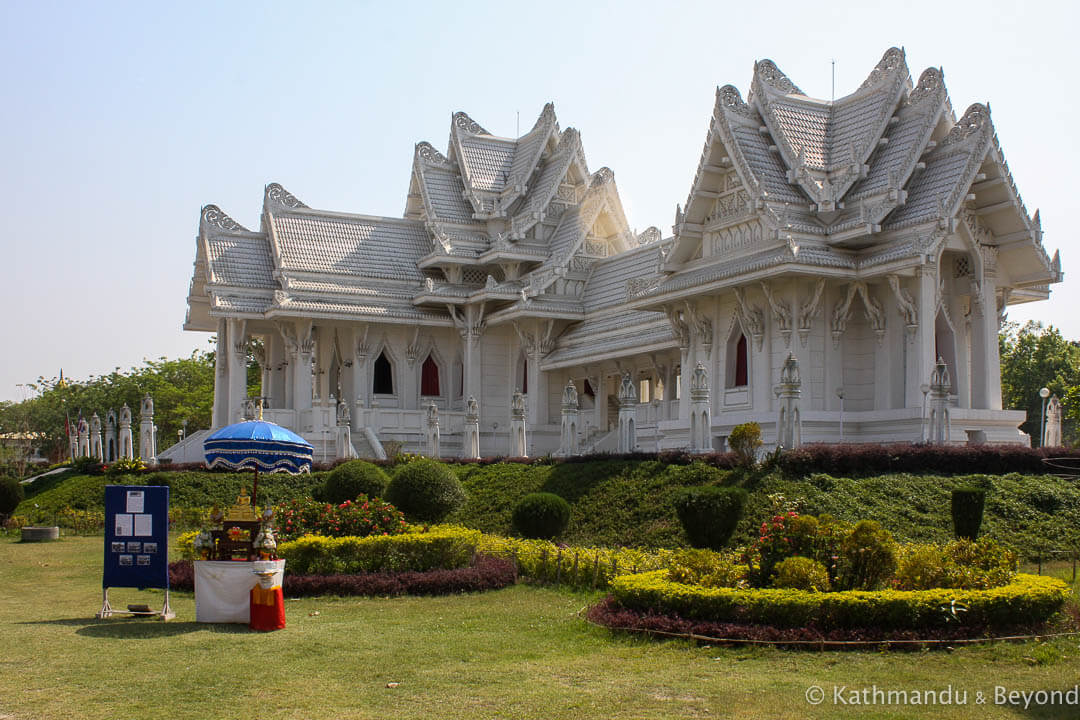
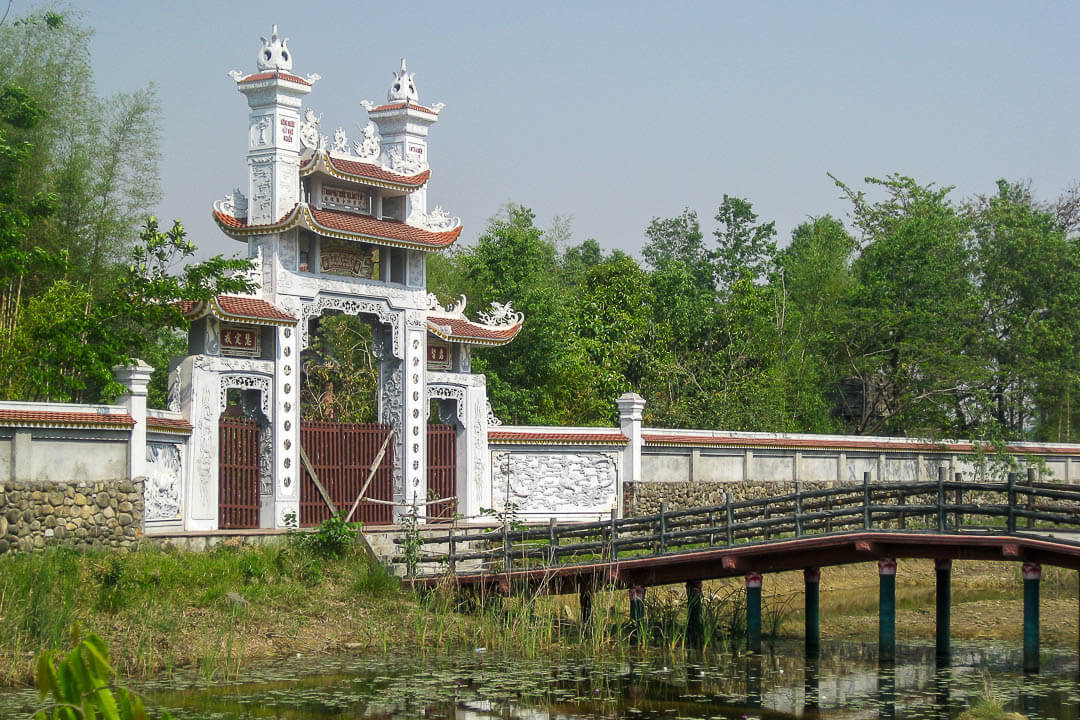
Wat Thai Temple (Royal Thai Monastery) (left) and Phat Quoc Tu Temple (Vietnamese Buddhist Temple) (right)
